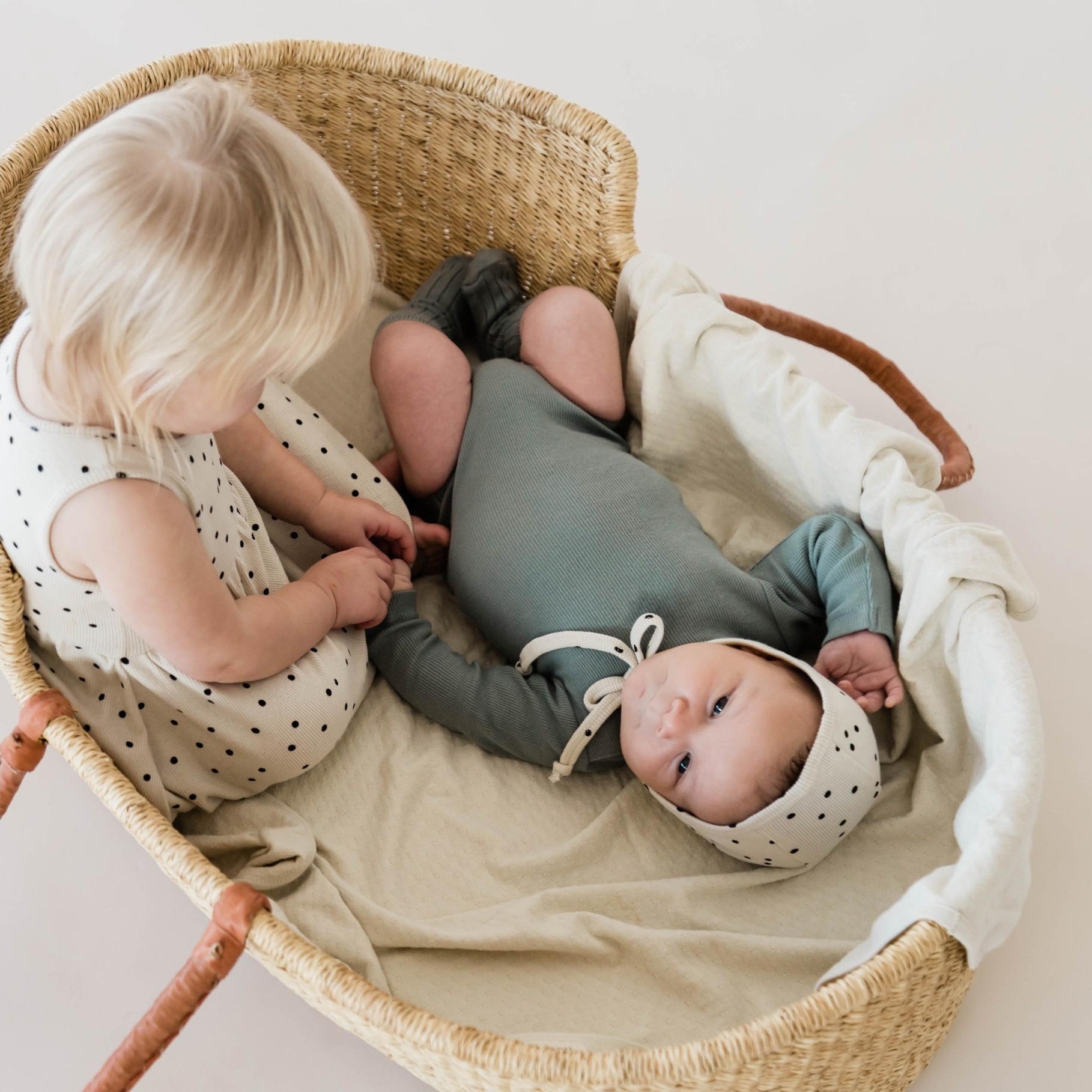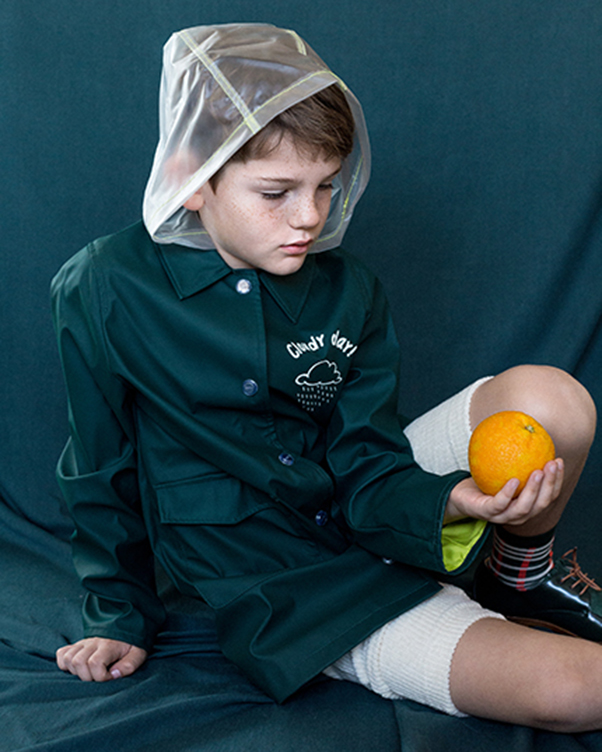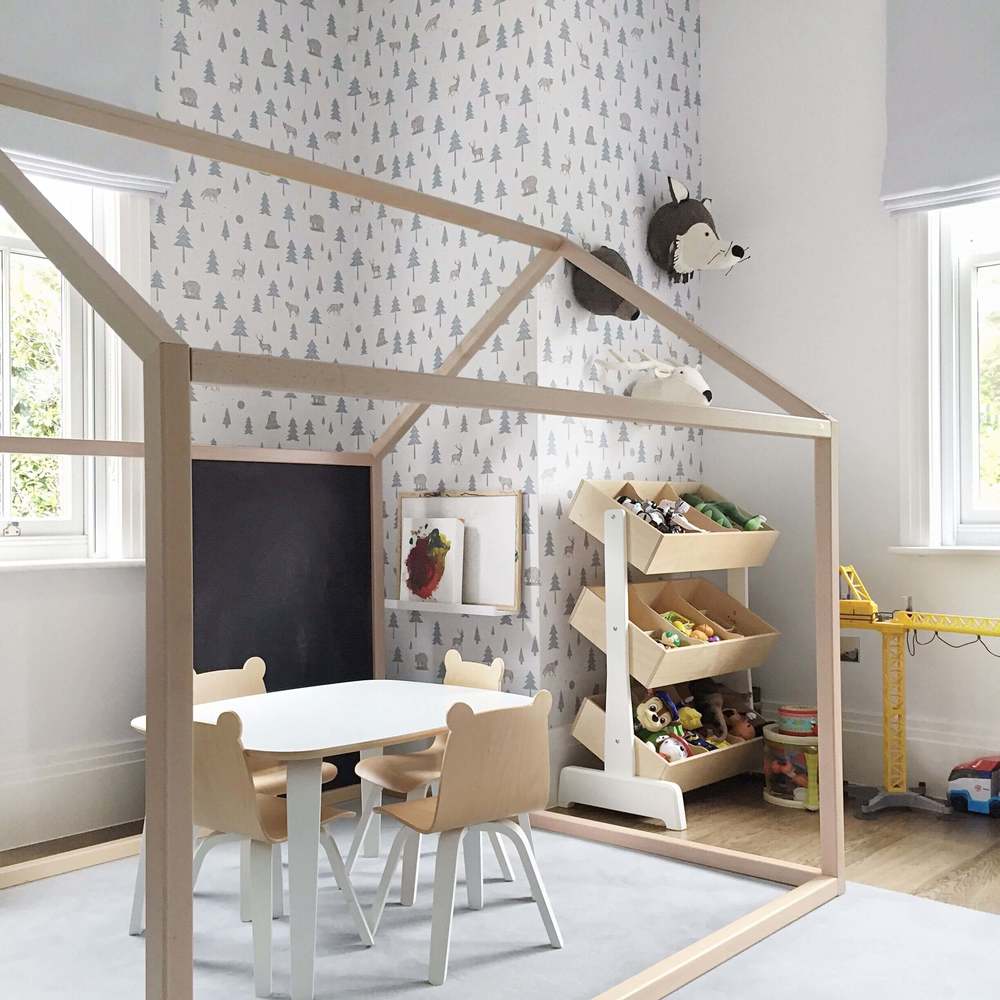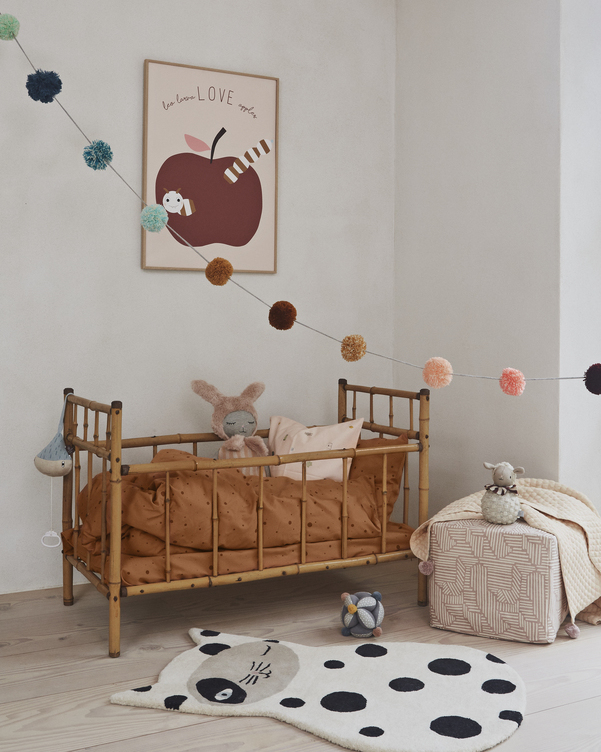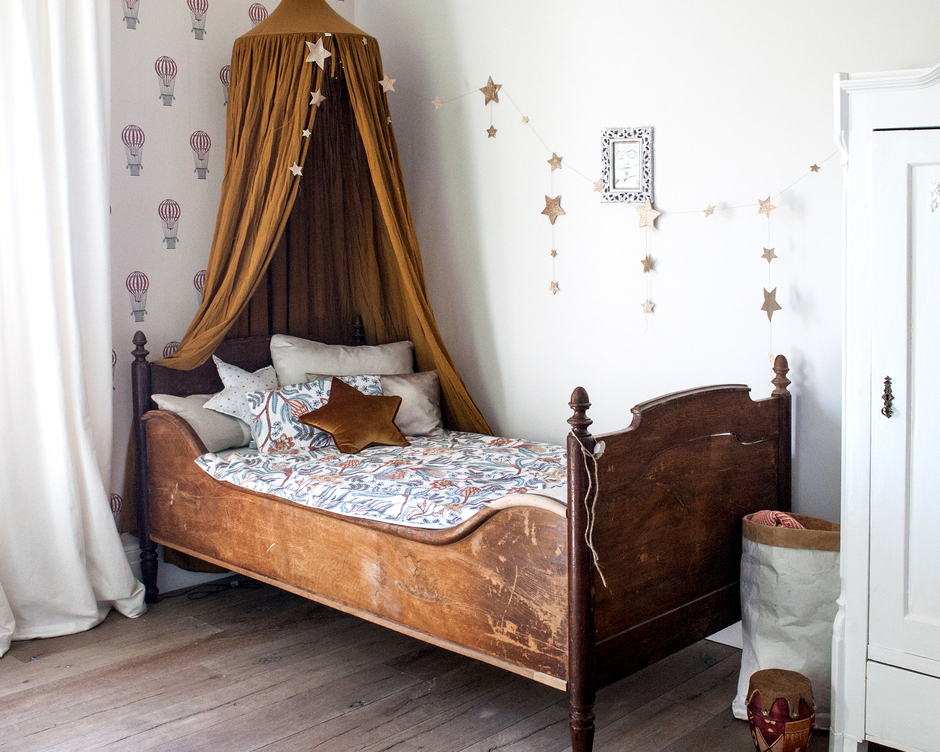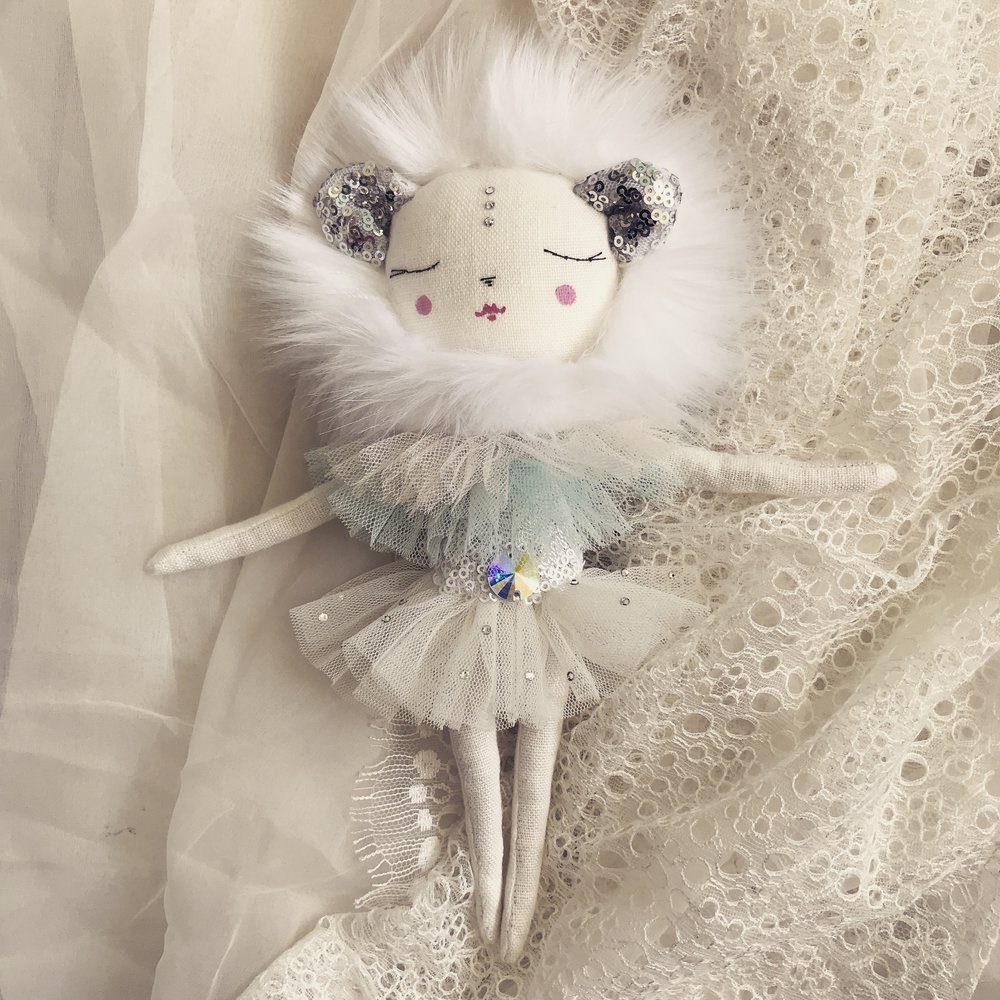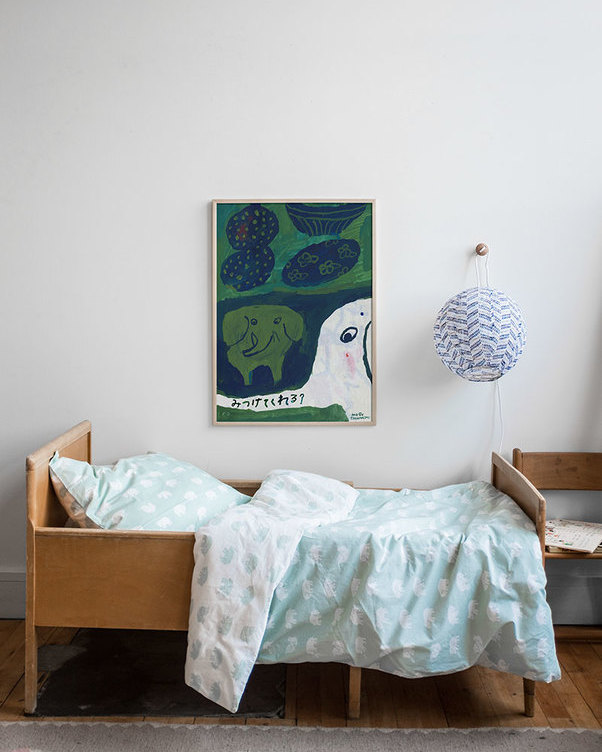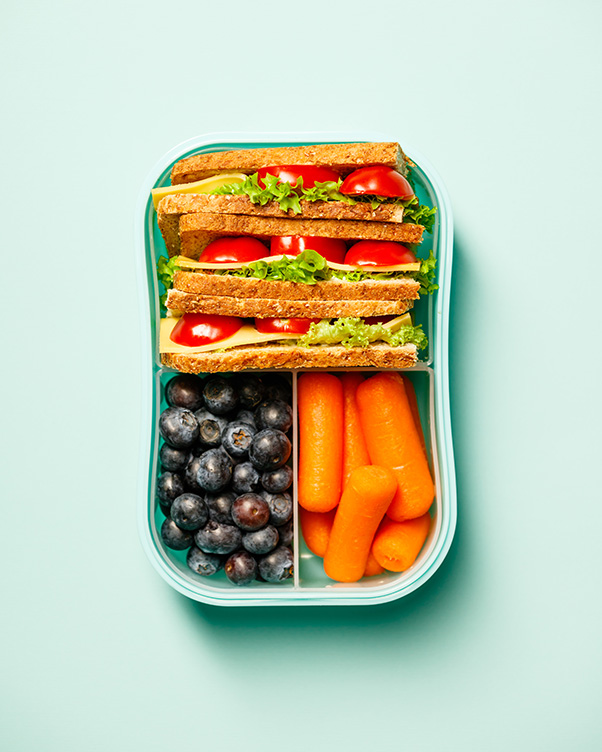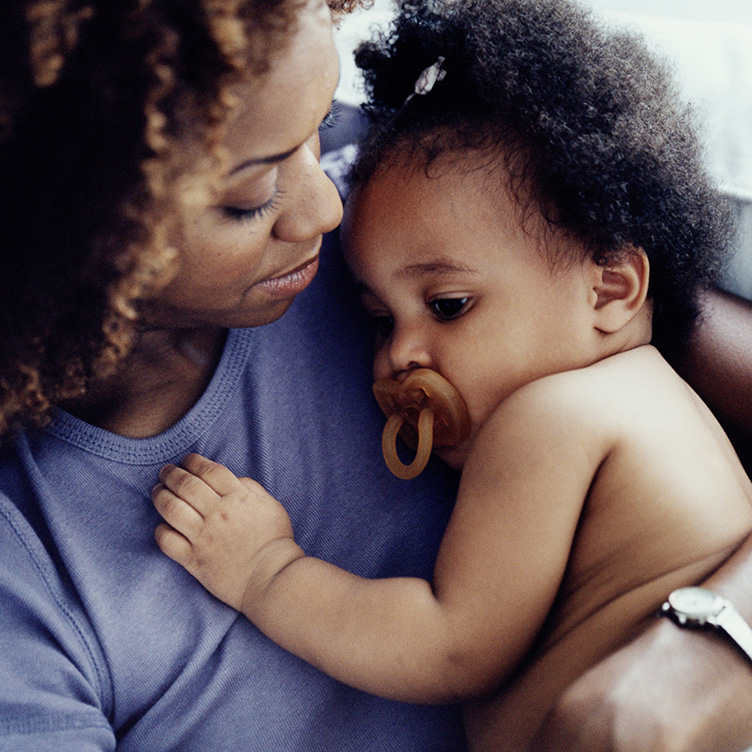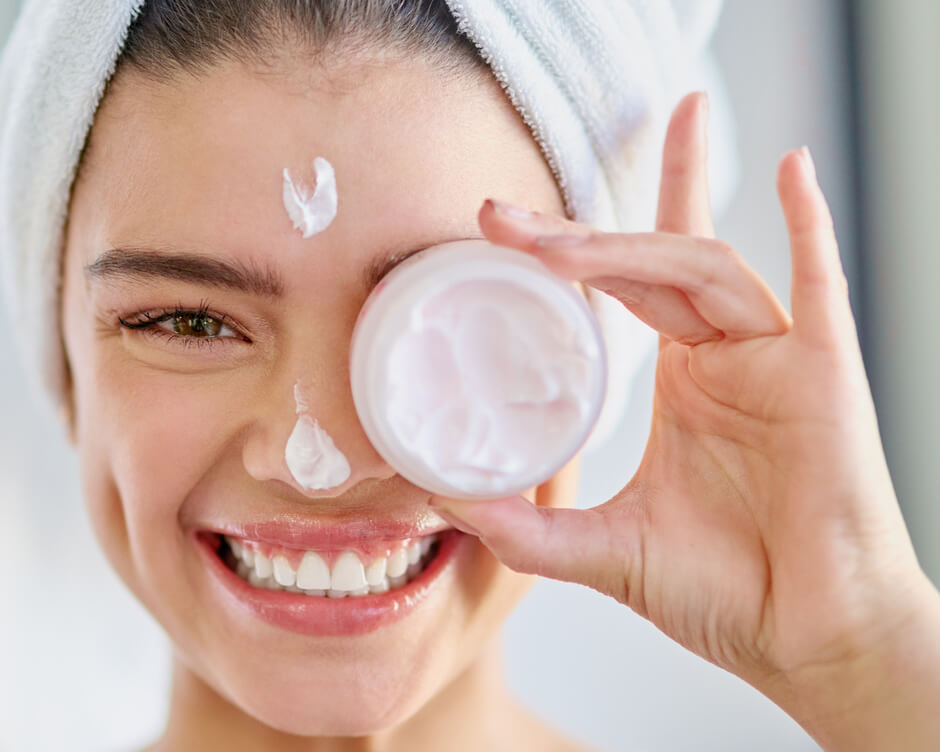

10 ways to give your child a positive body feeling!
HEALTH, MUM, Mental Health, Motherhood
How do you teach your child a positive body feeling? The question is more important than ever with the influence of social media. With these ten tips you can help your child to accept and be comfortable in his body.
Many studies confirm, that a healthy body feeling contributes to a more fulfilled life. But unfortunately, every day we are told that we are not perfect. That we are either too fat, too thin, too short, or too average. We are confronted with demands and anticipations that adults despair of – so how can children and adolescents cope with them?
As parents, we cannot keep our children away from the world of advertising and fashion and we shouldn’t because it is part of our lives. Therefore, the only protection we can offer our children is prevention. And we can strengthen their physical awareness and make them alert to the impossible expectations of TV & Co.
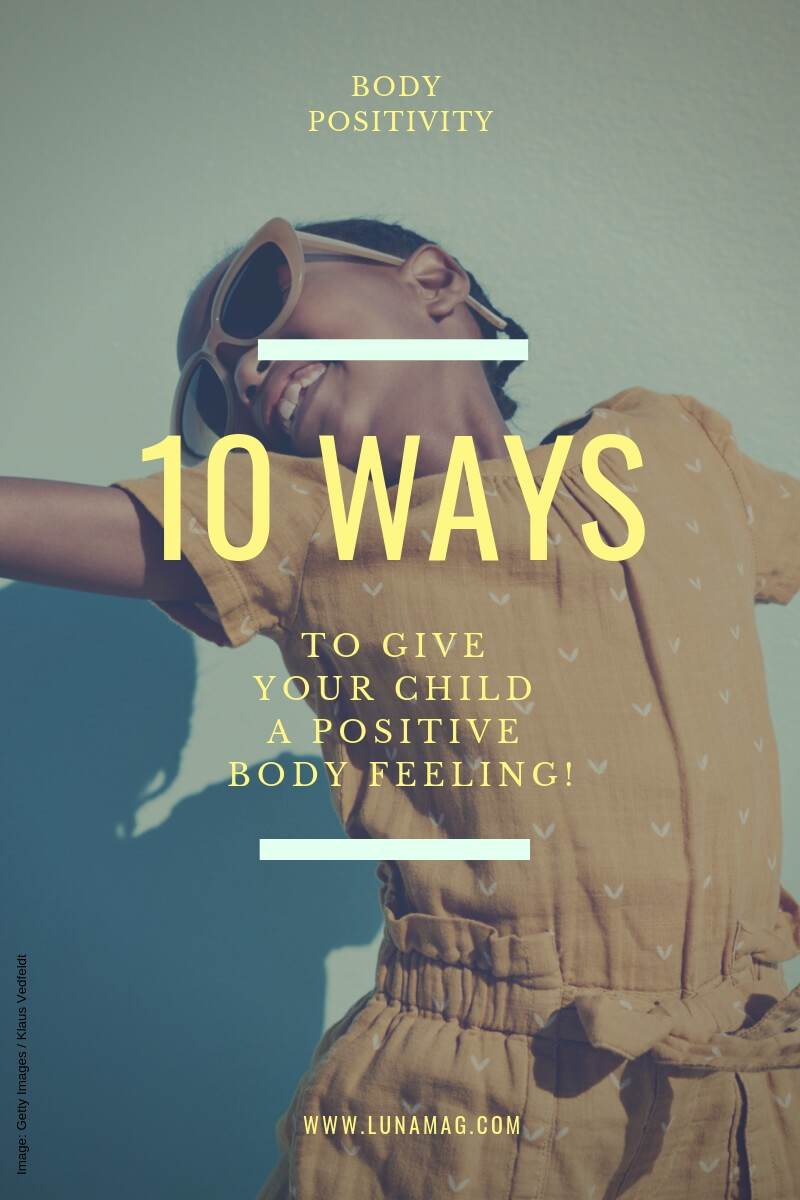
We talked about body safety rules for children here before, and yet it is so important that they grow up with a positive body feeling. Because nothing shows more confidence, power, and strength than feeling good in your own skin.
Here are 10 tips on how to give your child a positive body feeling:
1. Do not talk badly about the bodies of others
When children hear adults talk badly about other people’s bodies, children will start to focus on their physical deficiencies when they look in the mirror. You should always be aware of how you talk about bodies in front of your (and all) children. Disparaging comments should be avoided, and the topic should at best be banned from home.
2. Do not criticise your own body
Denouncing one’s own body in front of children can be harmful. Those who constantly claim to be too fat do not showcase a healthy body feeling for their child. As parents, we must speak respectfully about the different body measurements. We radiate these feelings to the outside world and send them to our children.
3. Speak positively about different body shapes
Avoiding is one thing, emphasizing the other. Speak positively to your children about all body shapes. Because we have to allow ourselves and our children to feel good in our bodies – regardless of our size, body shape or any other external characteristics.
All bodies are good bodies.
4. Talk about the inside, not the outside
If you constantly talk about appearances and looks, children learn that it is a very important value. Try to leave the subject out, and they will learn that there are more important things. The more time we devote to these issues, the more important it seems to a child. How about talking about what people say or do instead of what they look like? Encourage your children to see values that are not related to their bodies, such as being a good friend or somebody that watches out for everyone.
5. Focus on doing
Never forget the value of your body and what they do rather than how they look. Ask your children what their bodies are capable of and see what they come up with. (great game to pass time by the way) Therefore you will focus on all the amazing things you can do instead of weight or body shape.
6. Food & Movement
Be a good role model instead of worrying about your children’s eating habits all the time. Children learn from their parents how to eat and the same applies to exercise. The aim here is to show children a healthy lifestyle and provide them with healthy food at home.
7. Intuitive eating instead of eating bans
Encourage your child to listen to the needs of his or her own body instead of doing all the work for them. Do not tell them what not to eat and how often to move (see 6) but to listen to their bodies. When am I full? When am I hungry? What do I have an appetite for? If a child can answer these questions for himself, it is no longer necessary to divide food into “good” and “bad”.
8. Get family members and friends in the boat
The more, the merrier. the more effective. Discuss with other family members, neighbours, and friends about how to give children a positive body feeling.
9. Pay attention to the media consumption of your child
Children are constantly confronted with media that shows today’s ideals of beauty, such as thinness, thigh gaps, and co. Switch to programs that celebrate the diversity of body shapes and avoid programs that focus on beauty and appearance.
10. Successful people who do not correspond to an ideal of beauty
Pick out people who have achieved great things, be it in science, politics, or sport and that is not corresponding to today’s beauty ideals. In this way, children learn to value all people – regardless of their appearance.


